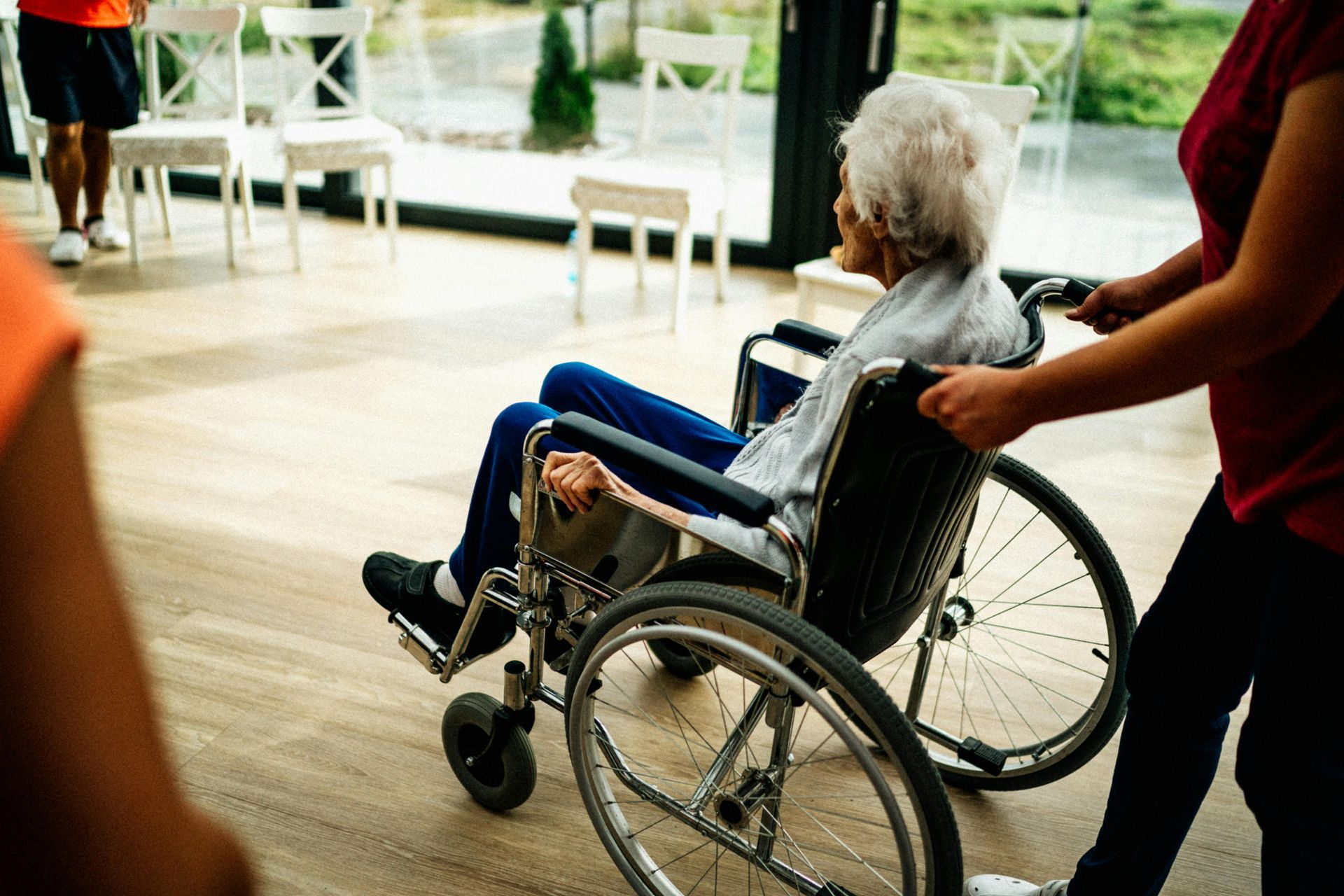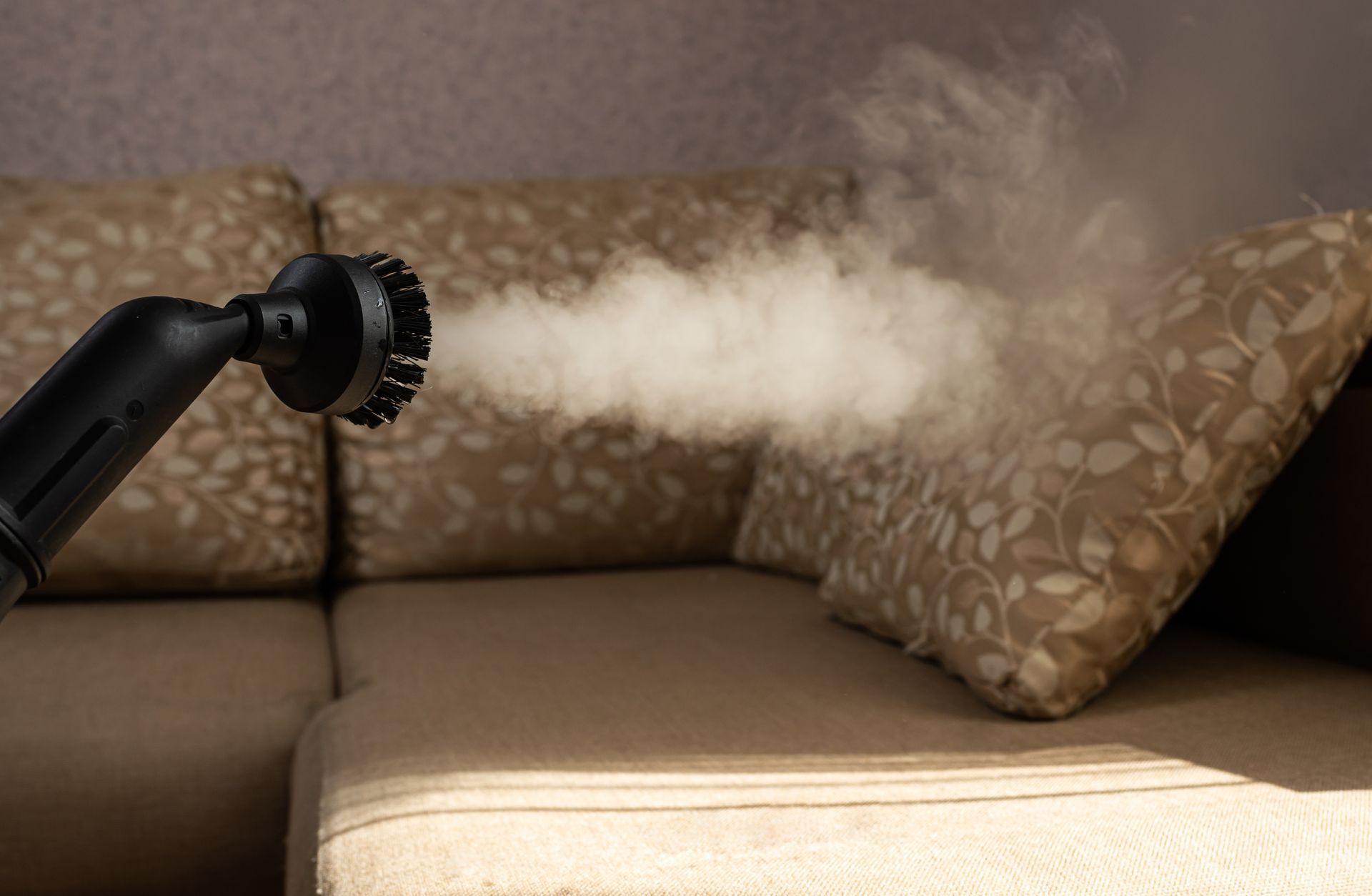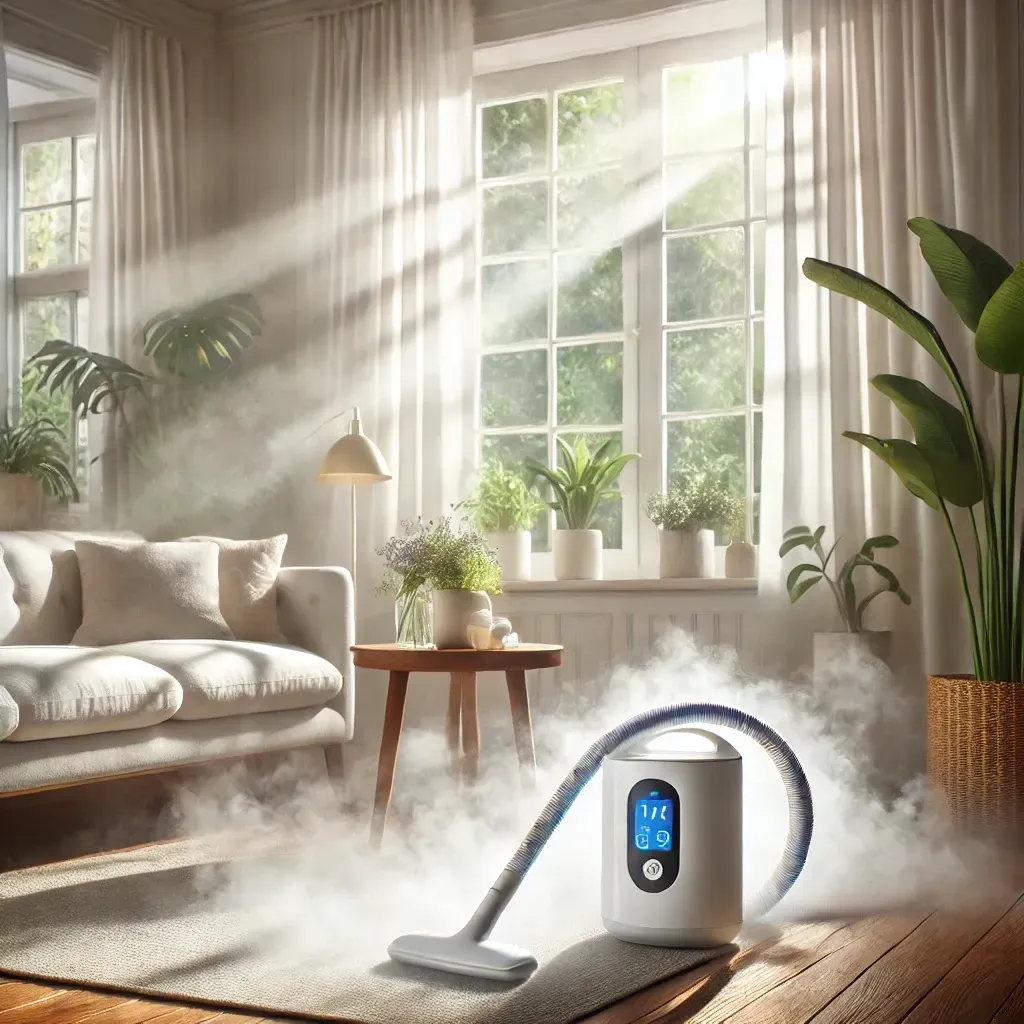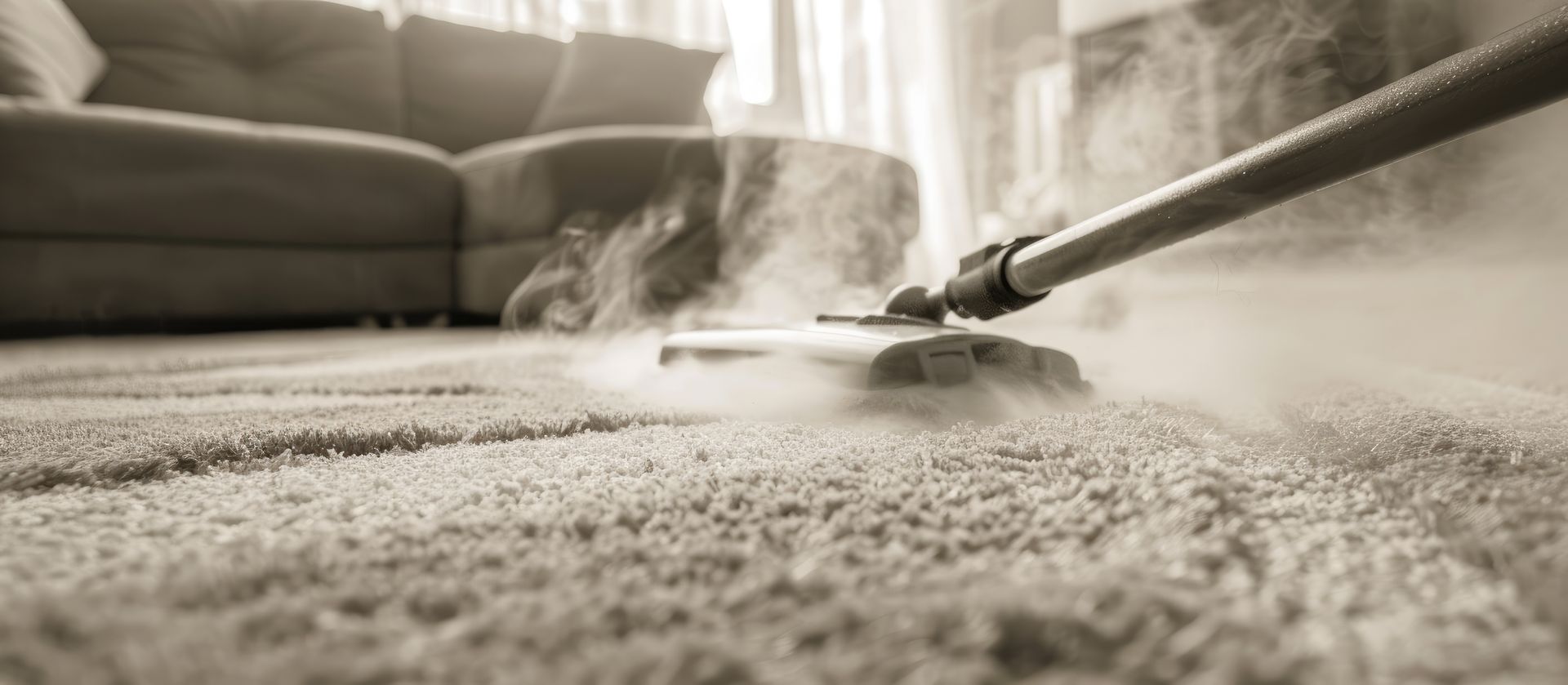The Importance of Cleanliness in Retirement Homes for the Elderly
Ensuring Health and Well-being Through Effective Cleaning Practices

In today’s world, maintaining clean and sanitized environments in retirement homes is essential for the elderly population. These facilities cater to some of the most vulnerable individuals, and prioritizing cleanliness is crucial for ensuring their well-being and safety.
Why Cleanliness Matters in Retirement Homes for the Elderly
Health and Safety:
- Residents in retirement homes often have weakened immune systems, making them more susceptible to infections. Regular cleaning and sanitization significantly reduce the risk of healthcare-associated infections (HAIs) and the spread of viruses, including COVID-19.
Mental Well-being:
- A clean environment greatly contributes to the mental well-being of elderly residents. Cluttered or dirty spaces can lead to feelings of anxiety and depression. A well-maintained facility provides comfort and safety, which is particularly important for seniors facing health challenges.
Enhanced Reputation:
- Cleanliness reflects the quality of care provided in retirement homes. A clean environment fosters trust among residents and their families, enhancing the facility’s reputation in the community.
Regulatory Compliance:
- Retirement homes are subject to strict regulations regarding cleanliness and sanitation. Failing to comply can result in penalties and negatively impact the facility’s reputation. Regular cleaning helps ensure compliance with health standards.

The Power of Steam Cleaning
One effective method for maintaining cleanliness in retirement homes for the elderly is steam cleaning. This process uses high-temperature steam to sanitize surfaces, offering several benefits:
Eco-Friendly Cleaning:
- Steam cleaning reduces the need for chemical cleaning agents, which can be harmful to both the environment and residents’ health. The high temperature of steam effectively kills bacteria, viruses, and allergens without using harsh chemicals.
Deep Sanitization:
- Steam cleaning penetrates surfaces and can reach areas that traditional cleaning methods might miss, including cracks, crevices, and fabric fibers. This thorough sanitization is particularly beneficial in retirement homes, where germs can linger.
- Allergen Reduction:
Steam cleaning effectively removes dust mites, pet dander, and other allergens from carpets and upholstery. This is crucial for creating a healthier living environment for residents with allergies or respiratory issues. - Mold and Mildew Control:
The high heat from steam cleaning kills mold and mildew spores, preventing their growth in damp areas like bathrooms or laundry rooms, which is essential for maintaining air quality. - Improved Air Quality:
By eliminating dust, allergens, and microbial contaminants, steam cleaning contributes to better indoor air quality. This is particularly important in retirement homes, where residents may have respiratory issues. - Cost-Effective Maintenance:
While the initial investment in steam cleaning equipment may seem high, the long-term savings are substantial. Steam cleaning can extend the life of carpets and furniture by keeping them clean and free from harmful contaminants, reducing replacement costs.

Conclusion
Maintaining cleanliness in retirement homes is essential for the health and well-being of elderly residents and staff. Adopting effective cleaning methods, particularly steam cleaning, can greatly enhance the sanitation of these facilities. With its eco-friendly approach, deep sanitization capabilities, and positive impact on indoor air quality, steam cleaning is a superior choice for creating a safe, healthy, and welcoming environment.
By prioritizing cleanliness through innovative cleaning techniques, retirement homes can provide a higher standard of care, promoting the overall health and happiness of their residents.




